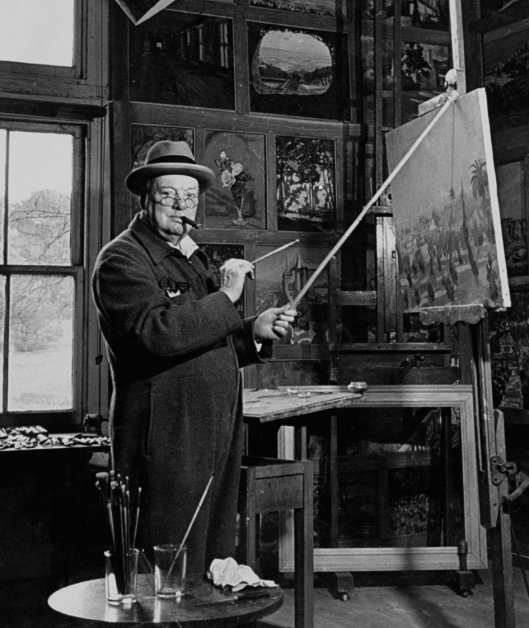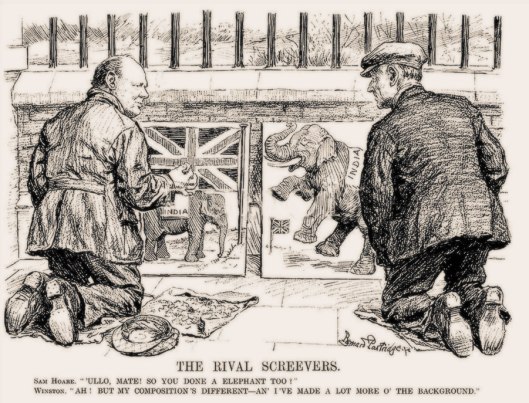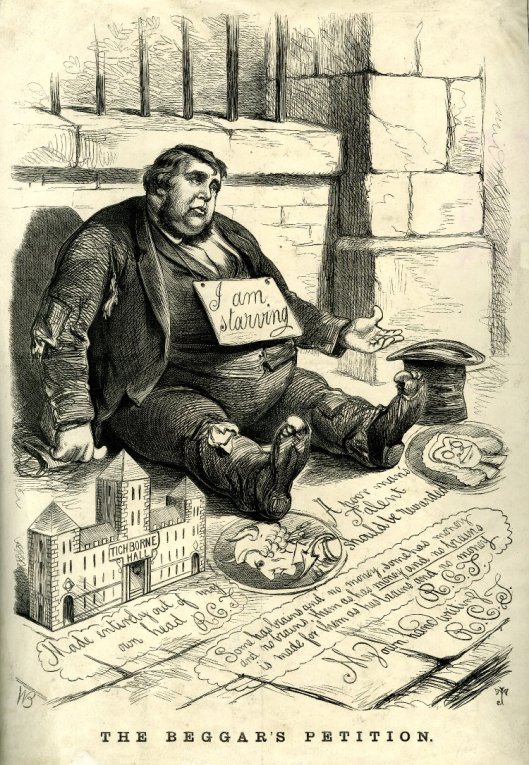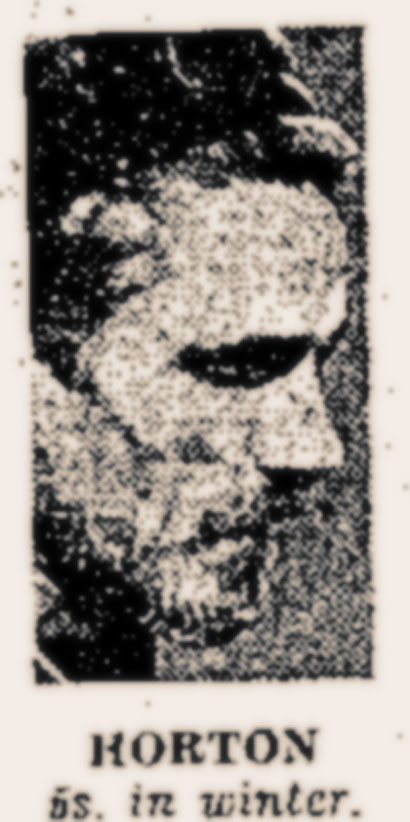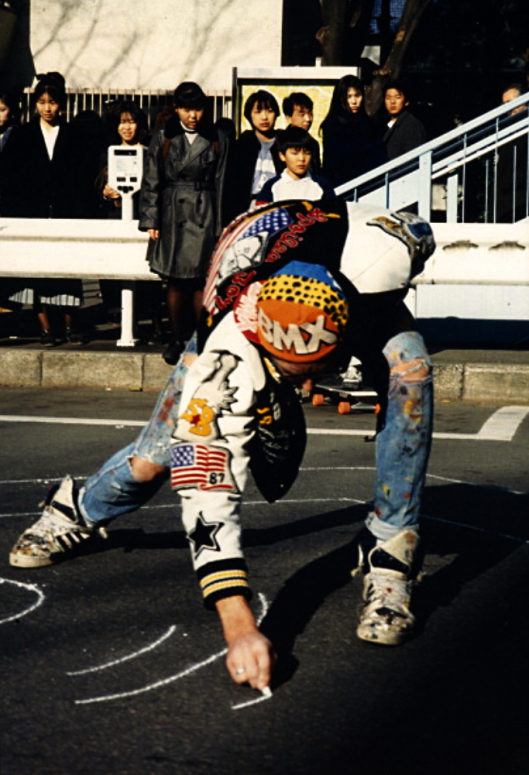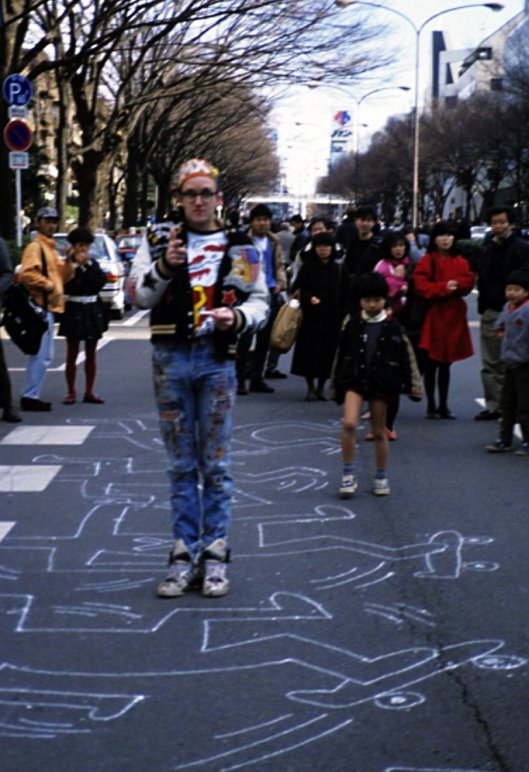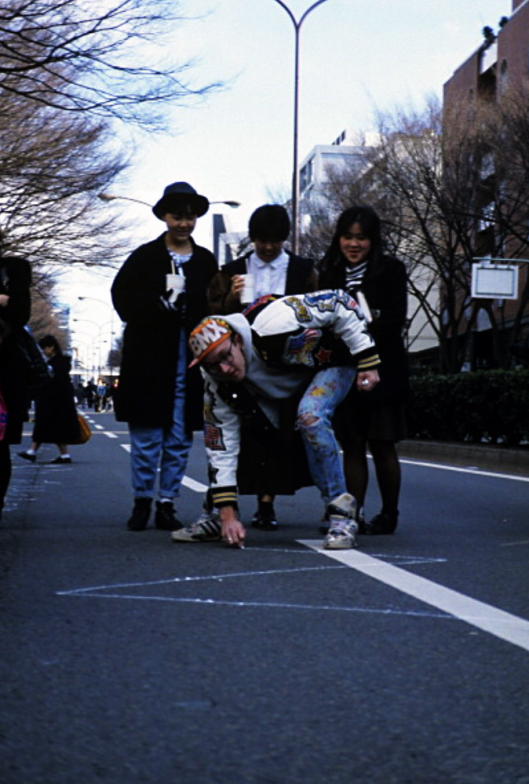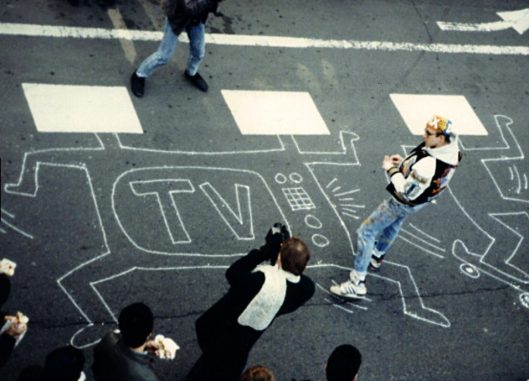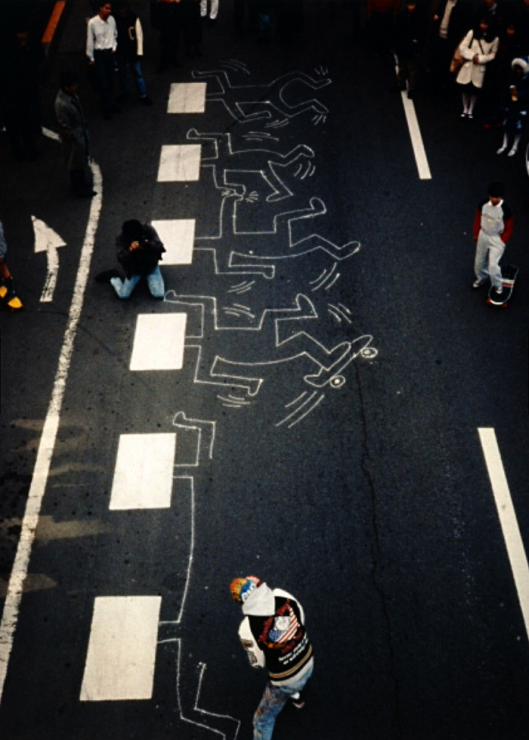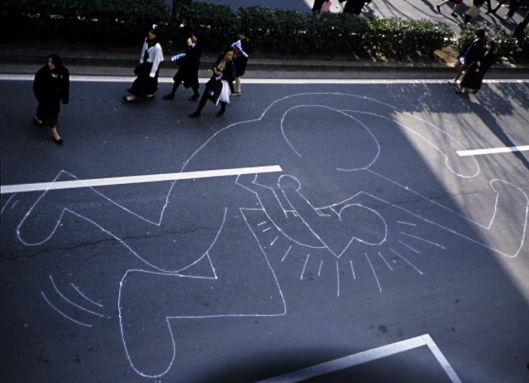Encounter with a London Pavement Artist.
In 1951, writer and illustrator Francis Marshall (1901-1980) wrote this eloquent account of his encounter with a London Pavement artist. It was published in his charming LONDON BOOK; a guide and insight to London’s life and culture of the 1940’s and 50’s.

THE LONDON BOOK: cover– illustration by Francis Marshall 1951.
Here it is, transcribed in full:
THOUSANDS of people stream past him every day. “I know ‘em,” he told me, “I can spot ‘em.” And from his curious vantage point he is certainly in a position to learn something about human nature, for his living depends on it. He is a pavement artist.
“You think it’s all humbug,” he said accusingly. I had perhaps harboured some such idea, but on second thoughts I felt quite incapable of such a categorical opinion. He was too sure of himself. Goodness knows he had little reason for pride in any merely artistic sense, for his chalked scrolls and messages of good luck were indifferent specimens of the type of art that adorns ice-cream carts and coco-nut shires, and an industrious infant could have bettered the cats and cottages and rising suns he had inflicted on the paving stones. But he sat there so much at his ease on the little cushion he had made for himself, and so obviously regarded it as part of the fitness of things that he should sit there, that I recognized his confidence as being akin to that with which the engine-driver leans out of his cab or that with which the stage-doorkeeper regards enthusiasts with too personal an interest in the drama, and I began to think that it probably wasn’t humbug after all.
“If you don’t keep an eye on ‘em they nip past,” he said, watching the approach of an elderly gentleman with suspicion. The gentleman cast a surreptitious glance over the display, looked up, and was fixed by the basilisk regard of the artist.
“Thank you sir,” he said commandingly, “good luck to you!” A sixpence tinkled into the greasy cap, strategically placed a little farther along the pavement. The artist relaxed.
“Don’t they like to have a look though,” he said, “and once they’ve looked, they feel a bit guilty, I reckon, and that’s when I do the trick with giving ‘em a look back.”
He told me that he had had a street pitch for half a century. Rheumatism in his youth had prevented him going to work. I could not imagine a way of life less suited to a rheumaticky subject than sitting on the pavement in the London climate, but he seemed to have thriven on it. I did not ask if the treatment had cured his rheumatism, for illness is a subject which, once embarked upon, makes time pass more slowly than any other topic of conversation there is, but if it had, no later desire to go to work appeared to have worked very strongly upon him. He had a better colour than the office folk who hurried past him in fear of the clock while he sat there, greeting them cheerfully, and smoking a short pipe, with a professional growth of stubble and a cosy woollen choker knotted negligently round his neck.
A couple of smart girls with neat paper parcels came tapping past on high heels. He eyed them tolerantly as they went by without making any contribution to the cap.
“Gals is smarter nowadays,” he said contemplatively, “but they wos more fetchin’ before the Ole War.” I ventured to remark that they had not become patrons of art.
“Young gals never does,” he said, “not often. It’s the old ‘ums every time. I’ve one old gal—lives in one of them hotels round the corner there—comes every blessed Friday there is an’ drops a tanner. Regular customer she is. An’ not the only one—there’s a lot o’folk in London glad to have a word—pass the time o’ day, ‘ow are you, and thank you very much.” I pondered this.

Pavement Artist illustration by Francis Marshall 1951.
“Wot’s the caper?” he demanded truculently and I saw two schoolboys in spectacles had halted to criticize the architectural qualities of the cottage he had drawn. Intimidated, they passed on. He reminisced.
“Morning after Mafficking—which you’ll not remember—two tarts an’ a feller in tails come and washed the ‘ole blooming pitch with a bottle o’ bubbly. And a copper come up and makes ‘em give me a sovereign….”
I raised the matter of finance delicately. No figures were forth-coming; I gathered that the Inland Revenue authorities had not been given any extra work on his account. He said: “I shan’t go to no workhouse.” He puffed his pipe luxuriously. “I’ve got me bacca, and tin for a wet, and I sleep dry.” I thought of the man in Conan Doyle who kept up bourgeois state on the proceeds of street begging. He looked at me shrewdly. I felt that a man who spent his life watching people’s faces was more of a thought-reader than most of us who spend our time staring at writing or factory benches. “I don’t come to me work in no Rolls Royce,” he said, disclosing dentures that were badly in need of nationalization. But it was a friendly smile.
A man in a bowler hat who might have been a barrister called “Good morning”, as he hurried past.
“Morning’ to you, sir,” shouted the artist, “enjoyed your ‘oliday?” He turned to me. “Very nice gentleman, that,” he said, “I missed ‘im during the war. Never passes without a word.”
It was borne in upon me that though the man on the pavement had been making his living as an artist for half a century without acquiring the rudiments of how to draw, he was an artist just the same. An artist in human sympathy? Perhaps that is it. People were certainly none the worse for him being there, and his unfailing cheerfulness was a pleasant feature of the streetscape. He was a landmark, with the power of answering back.
I made a small contribution to the cap. “Not obliged to,” he said.
I insisted politely. He took the coin out, looked at it carefully, and slipped it in his pocket.
“I’ll drink it then,” he said, thus elevating me from being a mere client, “but you ain’t obliged. Write books, doncher?” I admitted it. How the devil did he know?
“Ah well,” he said, “it’s the same as me, ain’t it? Servants o’ the public.”
I felt better for meeting him.
Written by Francis Marshall

Francis Marshall Cir.1950.
Francis Marshall was a prolific magazine and fashion illustrator, who’s easy and accomplished drawings between 1929 and the 1960s did much to set the image of fashionable London.
Born in 1901, he had been educated for the Navy, but in the middle 1920’s he resigned his commission, having decided upon an artists’ career. He set out to study at the Slade School.
In 1928, he was taken on by Vogue where he remained until the war in 1939 took him back into the navy and off to Bath, where he served as a Camouflage Officer for the duration of the war. He was British Vogue’s star illustrator. He was distinctively English in the quality of his social observation, picking up pointers of class and social standing that show elegance and chic.
He continued to be active as a freelance illustrator after the Second World war, illustrating for the Paris couturiers but not for Vogue. He accumulated an impressive body of work to his credit.
Francis Marshall died in 1980 at the age of 79.
Transcribed and researched by Philip Battle
Visit my Artists of The Paving Stone page on Facebook!

